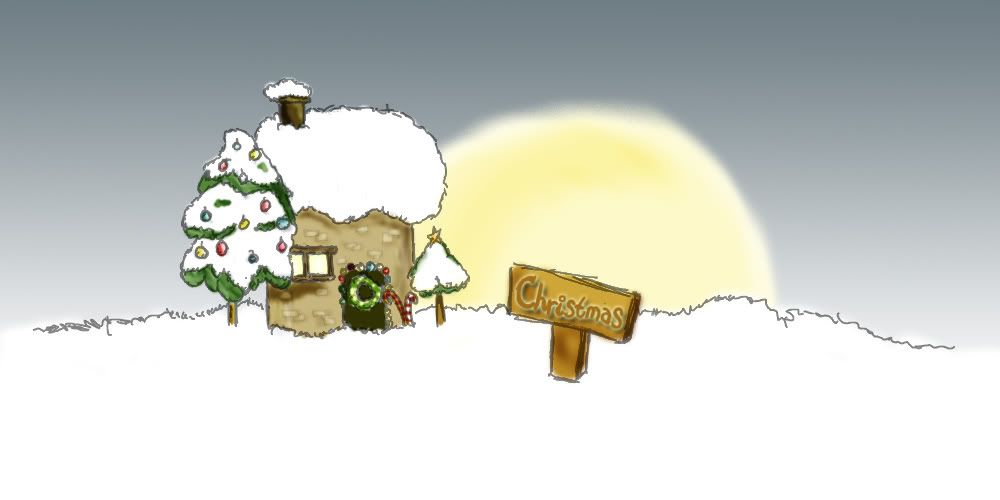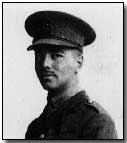

There are over 51 types of poetry. Poetry is categorized by the number of lines in the poem, the words in the poem, whether it rhymes or not, and what it is about. Some types of poetry examples include haiku, free verse, sonnets, and name poems, although there are many more types as well.
Read the poem several times. Multiple readings are required in order to get a feel for the poem's theme and emotion. Often, reading it aloud will help you recognize how the grammar and form function as well as feel the emotion it is intended to evoke.
Note any words or phrases you do not understand in the poem, including in the title, and use a dictionary to look them up. It is imperative to know the meaning of every word used in the work as poets choose them carefully.
Establish the dramatic situation of the poem by determining who the speaker is (it is not always the poet), where the poem takes place and what actually happens during the work. Understanding these things will help you recognize point of view, imagery and dramatic element necessary to analyze the poem's meaning.
Study the poem line by line noting the style. A good poetry book such as "The Poetry Handbook" by Mary Oliver or a Web site such as Purdue University's Online Writing Lab will help you recognize technical form such as meter, rhyme, and pattern.
Interpret sensory images and objects by analyzing what they signify, or the emotion they evoke. Sometimes this may be a single object such as a rose or an active image such as a funeral procession. Brainstorm what these things mean and how they make you feel to help unravel the theme and tone of the poem.
Determine the meaning of the poem by putting all of the previous elements together. A poet creates his work by combining words, images and emotions to convey a point. Once you have now broken them down individually, you can see how they work together to convey a central message or theme.
 Wilfred Owen
Wilfred Owen
Wilfred Edward Salter Owen (1893-1918) was born on March 18, 1893. He was on the Continent teaching until he visited a hospital for the wounded and then decided, in September, 1915, to return to England and enlist. "I came out in order to help these boys - directly by leading them as well as an officer can; indirectly, by watching their sufferings that I may speak of them as well as a pleader can. I have done the first" (October, 1918).
Owen was injured in March 1917 and sent home; he was fit for duty in August, 1918, and returned to the front. November 4, just seven days before the Armistice, he was caught in a German machine gun attack and killed. He was twenty-five when he died.
His poems include "Anthem for Doomed Youth", "Futility", "Dulce Et Decorum Est", "The Parable of the Old Man and the Young" and "Strange Meeting".
Reference: http://www.firstworldwar.com/poetsandprose/owen.htm
 Siegfried Sassoon
Siegfried SassoonIn addition to publishing anti-war rhetoric in The Old Huntsman (1917) and Counter-Attack (1918), Sassoon wrote three volumes of classic fictional autobiography loosely based upon his immediate pre-war and war experiences: Memoirs of a Foxhunting Man (1928, initially published under a pseudonym); Memoirs of an Infantry Officer (1930); and Sherston's Progress (1936).
He followed these with three volumes of actual autobiography: The Old Century (1938); The Weald of Youth (1942); and Siegfried's Journey (1945).
Siegfried Sassoon, who married once, died in 1967.
Reference: http://www.spartacus.schoolnet.co.uk/Jsassoon.htm
Traditions in Emily of Emerald Hill
Pg 6 line 13 – early marriage
Pg 6 line 16 and 17 – in-laws live together
Pg 6 line 18 and 19 – big families; many children
Pg 9 line 1 to 3 – women supposed look after household only(quite similar to now, but women also go out work)
Pg 9 line 8/ Pg 10 line 7 – men have second wives
Pg 11 line 2 – arranged marriage
Pg 11 line 3 to 8 – traditional Chinese wedding
Pg 15 2nd paragraph – women good in embroidery
Pg 17 3rd paragraph – girls not allowed to study, must learn how to cook and look after family
Pg 33 line 5 and 6- younger ones have to kneel down to elders during CNY
Pg 38 last paragraph/ pg 39 1st and 2nd paragraph – women good at cooking
Pg 39 last 2 lines – wives must look after their husband no matter what